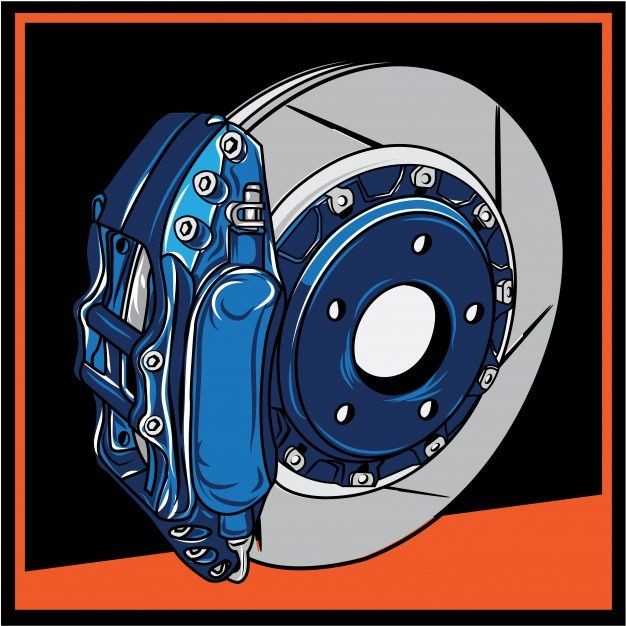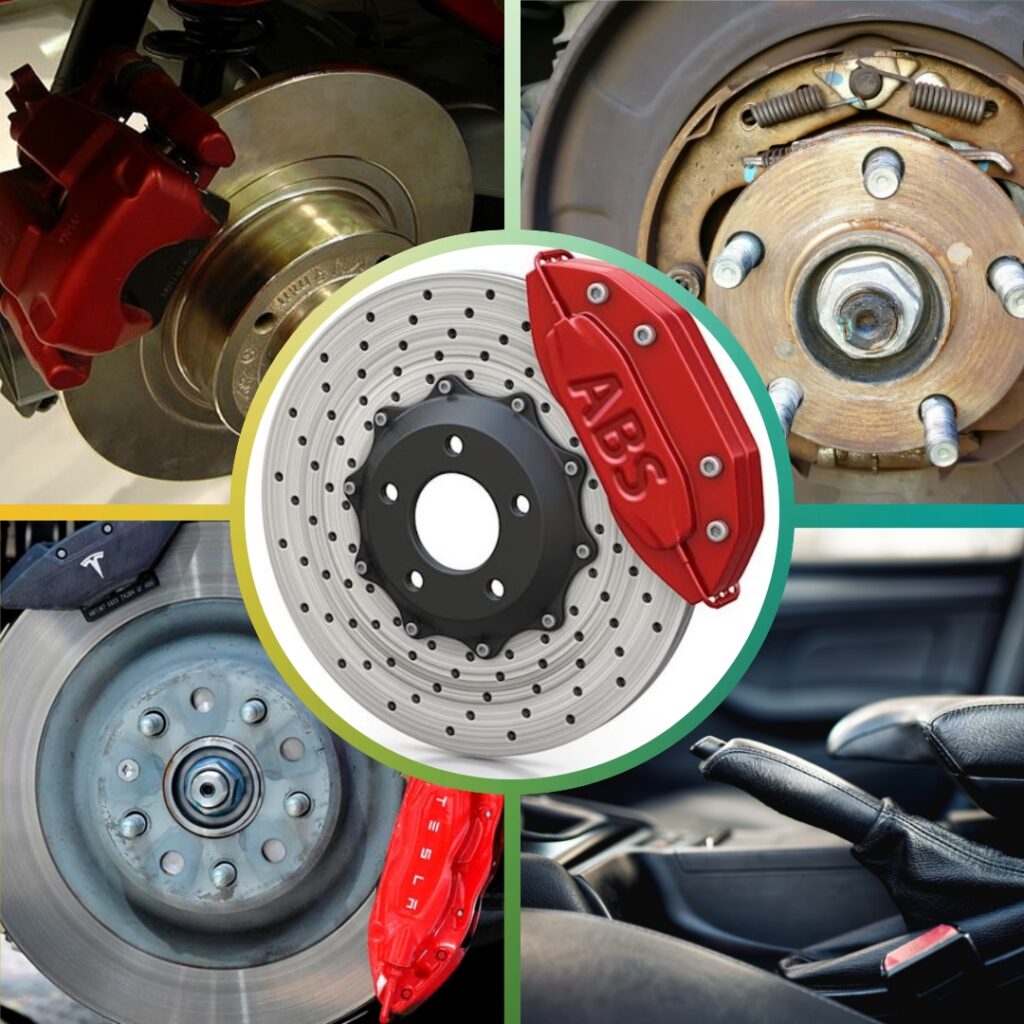Understanding Brake Systems
When it comes to road safety, one of the most critical components of any vehicle is its braking system. Brakes play a crucial role in slowing down or stopping a vehicle, ensuring the safety of both the driver and others on the road. In this blog, we will delve into the fascinating world of brakes, exploring their importance, components, and the various types available.
A vehicle’s braking system is a complex assembly of components working together to convert kinetic energy into heat and bring the vehicle to a stop. The primary components include the brake pedal, brake master cylinder, brake lines, brake calipers, brake pads, and brake rotors (or discs).

Types of Braking Systems
1: Disc Brakes: This is found on most modern vehicles, disc brakes work by using calipers to squeeze brake pads against a rotating disc attached to the wheel. This friction slows down the wheel’s rotation, converting kinetic energy into heat and stopping the vehicle.
. Advantages : Efficient heat dissipation, consistent performance, and durability.
. Disadvantages : Costlier to manufacture and repair compared to drum brakes.
2: Drum Brakes : Common in older vehicles, drum brakes feature brake shoes housed inside a rotating drum that expands to create friction against the drum’s inner surface. When you apply the brake pedal, hydraulic pressure forces the brake shoes against the drum, creating friction that slows down and eventually stops the wheel’s rotation. This design is common in the rear brakes of many vehicles.
. Advantages : Cost-effective, simpler design.
. Disadvantages : Prone to overheating, less efficient heat dissipation.
3: Anti-lock Braking System (ABS) : A safety feature that prevents wheel lockup during heavy braking, maintaining steering control. Sensors on each wheel monitor its speed, and if a wheel is about to lock, the system momentarily reduces brake pressure to that wheel. This allows the tire to maintain traction with the road, enabling the driver to steer while braking, enhancing control and stability during emergency stops.
. Advantages : Enhanced control during emergency braking, reduced stopping distances.
. Disadvantages : Increased complexity and cost.
4: Regenerative Braking : Common in electric and hybrid vehicles, regenerative braking systems work by converting the kinetic energy of a vehicle into electrical energy during deceleration. When you apply the brakes, the electric motor switches to generator mode, capturing energy that would otherwise be lost as heat in traditional braking systems. This electrical energy is then fed back into the vehicle’s battery for later use, enhancing overall energy efficiency and reducing wear on traditional brake components.
. Advantages : Energy efficiency, extended battery life.
. Disadvantages : Initial cost, dependence on battery technology.
5: Emergency/Parking Brake : A secondary brake system used to immobilize a vehicle when parked.
. Advantages : Additional safety, especially on inclines.
. Disadvantages : Mechanical failure if not properly maintained.
Understanding Brake Systems and types available is essential for every vehicle owner. Regular maintenance and timely repairs ensure that your braking system operates at its peak efficiency, contributing to a safer driving experience for you and others on the road. Whether it’s the reliable disc brakes, traditional drum brakes, or the advanced features of ABS and regenerative braking, each type plays a crucial role in keeping your journey secure and controlled.






